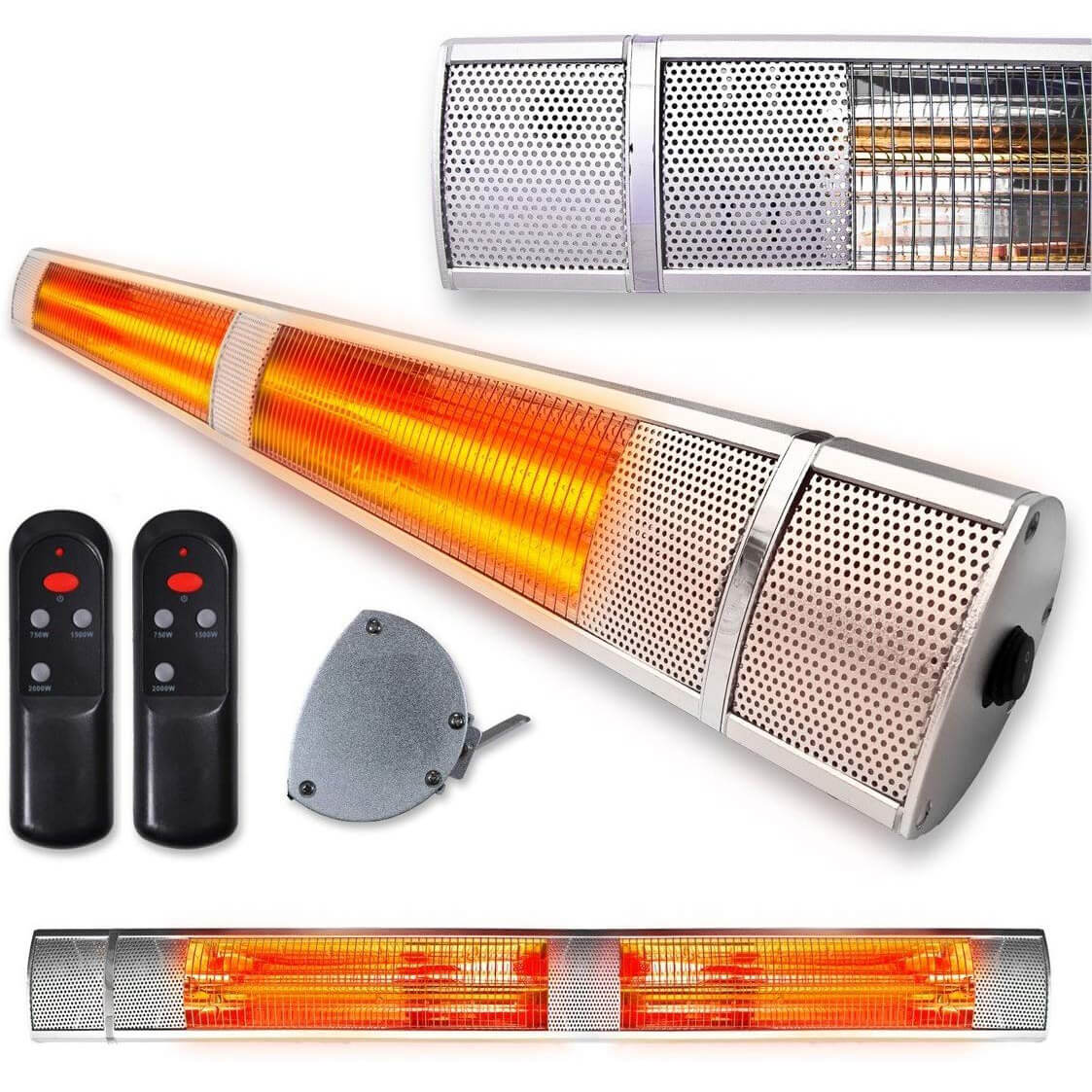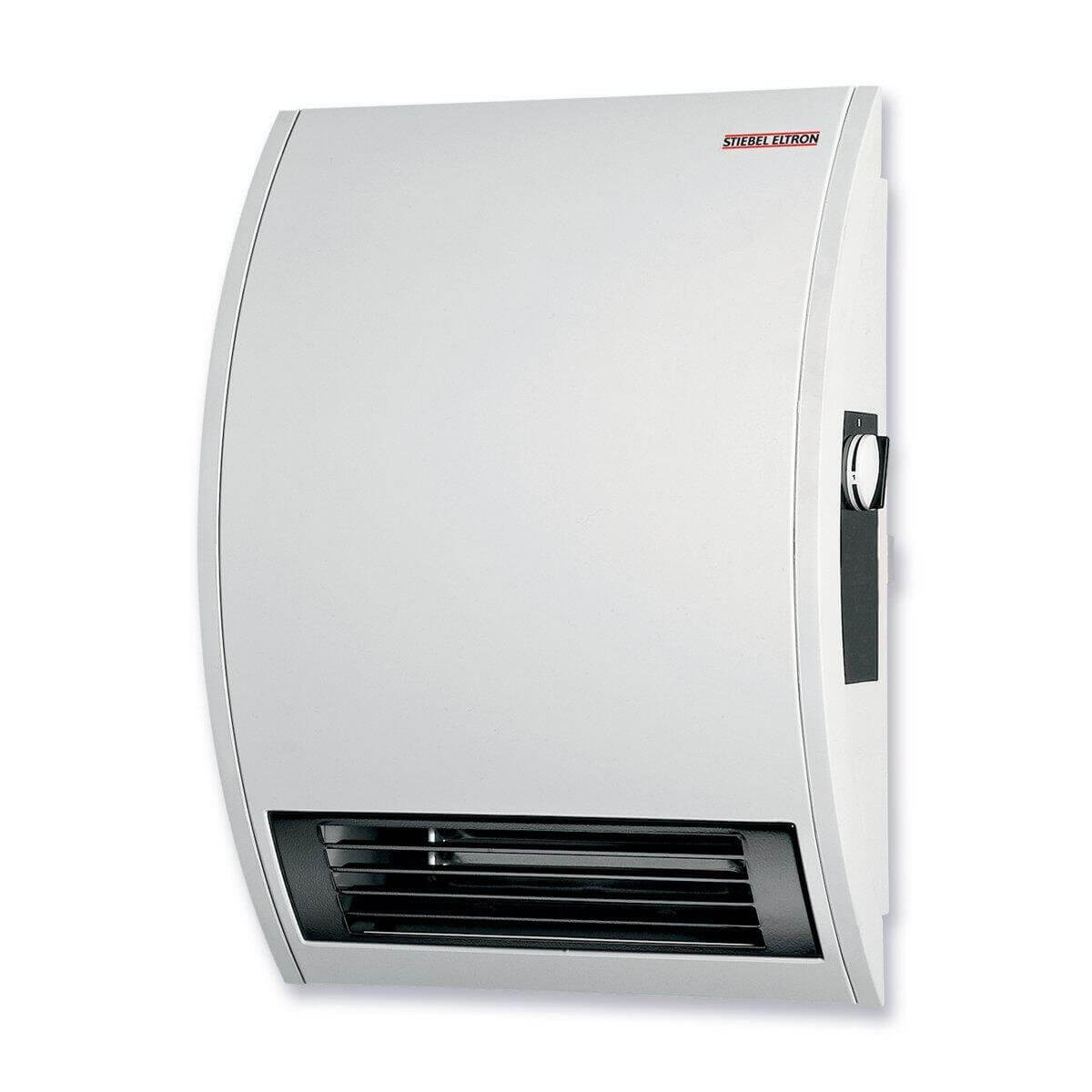Types of Electric Heaters for Bathrooms

Choosing the right electric heater for your bathroom is crucial for ensuring comfort and safety. Different types of heaters cater to various needs and preferences, each with its own set of advantages and disadvantages. This guide explores the most common types of electric heaters for bathrooms, helping you make an informed decision.
Convection Heaters
Convection heaters utilize the natural process of convection to distribute warmth. They work by heating the air around them, which then rises and circulates throughout the room.
- Working Mechanism: Convection heaters typically have a heating element inside a metal enclosure. As the element heats up, it warms the surrounding air, causing it to rise. This warm air is then circulated by fans or natural convection, creating a more even temperature distribution.
- Advantages:
- Even Heat Distribution: Convection heaters provide a more consistent and uniform temperature throughout the room, as the heated air circulates effectively.
- Quiet Operation: Many convection heaters operate quietly, making them suitable for bedrooms and other areas where noise is a concern.
- Energy Efficiency: Convection heaters are generally considered energy-efficient, as they use less energy to heat a room compared to other types of heaters.
- Disadvantages:
- Potential for Drying Out Air: Convection heaters can dry out the air, especially in smaller rooms. This can be a concern for people with respiratory issues or those who prefer a more humid environment.
- Slower Heating Time: Convection heaters typically take longer to heat a room compared to radiant heaters or fan-forced heaters.
Radiant Heaters, Best electric heater for bathroom
Radiant heaters work by emitting infrared rays that directly heat objects and people in their path, rather than heating the air.
- Heat Source: Radiant heaters utilize various heat sources, including electric coils, ceramic elements, or halogen bulbs. These elements generate infrared radiation that travels in straight lines, directly warming objects and surfaces.
- Benefits:
- Quick Heating: Radiant heaters provide quick and localized warmth, making them ideal for smaller spaces or for targeting specific areas.
- Targeted Warmth: Since they heat objects directly, radiant heaters can provide a more comfortable and personalized experience, as you can direct the heat towards specific areas.
- Drawbacks:
- Uneven Heat Distribution: Radiant heaters primarily heat objects in their direct path, leaving other areas relatively cold. This can result in uneven temperature distribution in the room.
- Potential Safety Concerns: Radiant heaters can pose a fire hazard if not used properly. They should be placed away from flammable materials and should never be left unattended.
- Higher Energy Consumption: Radiant heaters generally consume more energy compared to convection heaters, especially if used for extended periods.
Fan-Forced Heaters
Fan-forced heaters combine the principles of convection and forced air circulation to quickly heat a room. They use a fan to circulate heated air, providing faster heating and wider coverage.
- Operation: Fan-forced heaters have a heating element that warms the air. A built-in fan then forces the heated air out into the room, providing faster and more efficient heating compared to convection heaters.
- Advantages:
- Fast Heating: Fan-forced heaters can quickly heat a room due to the forced air circulation.
- Wide Coverage: The fan can distribute heated air throughout a larger area, providing more consistent warmth.
- Disadvantages:
- Noise: Fan-forced heaters can be noisy, especially when running at high speeds.
- Potential for Blowing Dust: The fan can circulate dust and allergens, which can be a concern for people with allergies or sensitivities.
Comparison Table
The following table summarizes the key characteristics of each type of electric heater for bathrooms:
| Feature | Convection Heater | Radiant Heater | Fan-Forced Heater |
|---|---|---|---|
| Heating Speed | Moderate | Fast | Very Fast |
| Energy Efficiency | Generally High | Moderate | Moderate |
| Safety Features | Generally Safe | Potential Fire Hazard | Potential Fire Hazard |
| Noise Level | Quiet | Quiet | Noisy |
| Cost | Moderate | Moderate to High | Moderate to High |
Factors to Consider When Choosing an Electric Heater for a Bathroom

Choosing the right electric heater for your bathroom is crucial for comfort and safety. Consider these factors to ensure you select the ideal model for your needs.
Bathroom Size
The size of your bathroom directly influences the power requirements of your electric heater. Larger bathrooms need more powerful heaters to efficiently raise the temperature. The general rule of thumb is to choose a heater with a wattage rating of 10-15 watts per square foot. For example, a 100-square-foot bathroom would require a heater with a wattage rating of 1,000-1,500 watts. Choosing a heater with insufficient power will result in slow heating and discomfort, while an overly powerful heater can be wasteful and potentially dangerous.
Safety Features
Safety is paramount in a bathroom environment, where moisture and electrical components coexist. Consider these essential safety features:
- Tip-over protection: This feature automatically shuts off the heater if it accidentally tips over, preventing potential fires and accidents. It’s crucial for families with young children or pets who might accidentally knock the heater over.
- Overheat protection: This safety mechanism prevents the heater from overheating, which can lead to fires. A built-in thermostat monitors the heater’s temperature and automatically shuts it off if it reaches a dangerous level. Look for heaters with a reliable overheat protection system to ensure peace of mind.
- Water resistance: Bathrooms are prone to moisture and splashes. Choose a heater with a water-resistant rating, such as an IPX4 rating, to prevent electrical shocks. This rating indicates the heater can withstand water splashes from any direction. A higher rating, such as IPX7, means the heater can be submerged in water for a limited time, providing even greater safety.
Energy Efficiency
Energy-efficient electric heaters can significantly reduce your heating costs. Consider these factors:
- Energy Star rating: Look for heaters with an Energy Star rating, indicating they meet specific energy efficiency standards. Energy Star certified heaters are designed to use less energy while providing effective heating, saving you money on your electricity bill.
- Thermostat control: A thermostat allows you to precisely adjust the heater’s temperature, ensuring optimal comfort while minimizing energy consumption. Choose a heater with a digital thermostat for accurate temperature control and easy programming.
- Timer function: Some heaters offer a timer function, allowing you to schedule the heater’s operation. This feature is particularly useful for setting the heater to turn on before you enter the bathroom, ensuring a warm and comfortable environment. It also helps conserve energy by preventing the heater from running unnecessarily.
Installation and Ease of Use
Consider these factors for convenient installation and user-friendliness:
- Installation methods: Electric heaters come in various installation options, including freestanding, wall-mounted, and hardwired. Choose a method that best suits your bathroom layout and personal preferences. Freestanding heaters are easy to move and position, while wall-mounted heaters save space and provide a more permanent solution. Hardwired heaters offer the most efficient heating but require professional installation.
- Controls and user interface: Choose a heater with easy-to-use controls and a clear display. Simple buttons and intuitive menus make it easy to adjust temperature, timer, and other settings. Some heaters also feature remote controls for added convenience.
Additional Considerations
Beyond the essential factors discussed above, consider these additional aspects:
- Aesthetics and design: Choose a heater that complements your bathroom’s decor. Electric heaters come in various styles, from sleek and modern to classic and traditional. Consider the size, shape, and color of the heater to ensure it blends seamlessly with your bathroom’s aesthetic.
- Warranty and customer support: A comprehensive warranty provides peace of mind and protection against defects. Check the warranty period and coverage details before purchasing a heater. Also, consider the manufacturer’s customer support reputation. Reliable customer support ensures you can get timely assistance if you encounter any issues with the heater.
Recommended Electric Heaters for Bathrooms: Best Electric Heater For Bathroom

Now that you’ve learned about the different types of electric heaters and the factors to consider when choosing one, let’s dive into some top-rated options specifically designed for bathroom use. These heaters have been chosen based on their safety features, heating capabilities, and overall performance.
Top-Rated Electric Heaters for Bathrooms
Here’s a list of top-rated electric heaters for bathrooms, along with their features, pros, and cons.
-
De’Longhi HMP1500 Mica Panel Heater
- Brand and Model: De’Longhi HMP1500
- Specifications: 1500 watts, mica panel technology, adjustable thermostat, tip-over safety switch, overheat protection, compact size, wall-mountable.
- Pros:
- Heats quickly and efficiently.
- Quiet operation.
- Compact and portable.
- Safety features provide peace of mind.
- Cons:
- Limited coverage area.
- May not be suitable for large bathrooms.
- Pricing: $50 – $80
This heater features a sleek and modern design, with a compact size that makes it easy to move around the bathroom. The mica panel technology ensures quick and efficient heating, while the adjustable thermostat allows you to customize the temperature to your preference. The tip-over safety switch and overheat protection provide added peace of mind, ensuring safe operation. The De’Longhi HMP1500 is ideal for smaller bathrooms or for providing supplemental heat.
-
Lasko 754200 Ceramic Heater
- Brand and Model: Lasko 754200
- Specifications: 1500 watts, ceramic heating element, adjustable thermostat, oscillation feature, tip-over safety switch, overheat protection, built-in handle.
- Pros:
- Heats a larger area than a panel heater.
- Oscillation feature distributes heat evenly.
- Safety features ensure safe operation.
- Cons:
- Can be noisy during operation.
- Not as energy-efficient as some other options.
- Pricing: $30 – $50
This heater features a ceramic heating element that provides efficient and even heat distribution. The oscillation feature allows the heater to rotate, spreading warmth throughout the room. The Lasko 754200 is a good choice for larger bathrooms or for those who prefer a more powerful heater. However, it is important to note that it can be noisy during operation.
-
Vornado VH10 Electric Space Heater
- Brand and Model: Vornado VH10
- Specifications: 1500 watts, fan-forced heating, adjustable thermostat, tip-over safety switch, overheat protection, compact size, sleek design.
- Pros:
- Heats quickly and evenly.
- Quiet operation.
- Compact and portable.
- Safety features ensure safe operation.
- Cons:
- Limited coverage area.
- May not be suitable for large bathrooms.
- Pricing: $60 – $90
This heater features a sleek and modern design, with a compact size that makes it easy to move around the bathroom. The fan-forced heating technology ensures quick and even heat distribution, while the adjustable thermostat allows you to customize the temperature to your preference. The tip-over safety switch and overheat protection provide added peace of mind, ensuring safe operation. The Vornado VH10 is ideal for smaller bathrooms or for providing supplemental heat.
Best electric heater for bathroom – Right, so you’re trying to find the best electric heater for your bathroom, yeah? Well, you might wanna check out some of the best bathroom vanities 2018 – they’ll make your bathroom look sick, and a good heater can make it feel like a spa, innit?
Anyway, back to the heater – make sure you get one that’s safe for use in a bathroom, you don’t want to be getting electrocuted, do you?
So, you’re thinking about getting a sick electric heater for your bathroom, right? But before you go all out, you need to make sure your bathroom is properly sealed, you know, to stop all that pesky water from getting in and causing a right mess.
Check out this link for the best waterproof bathroom sealant out there, it’ll make your bathroom feel like a spa! Once you’ve sorted that, then you can go ahead and pick out the best electric heater for those chilly mornings.